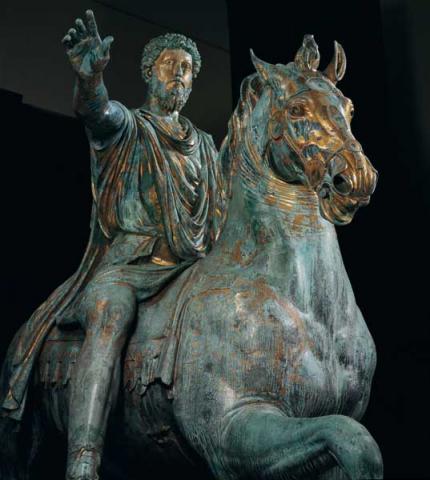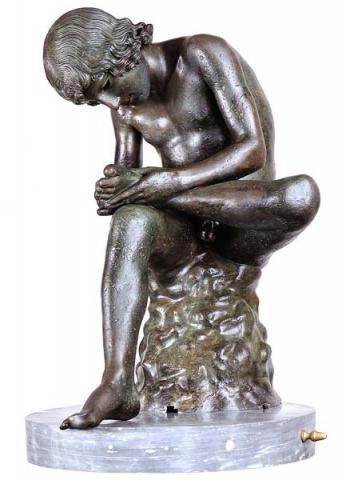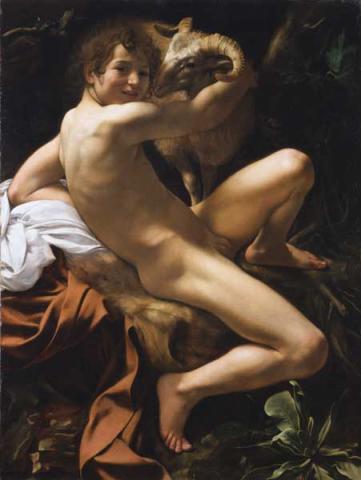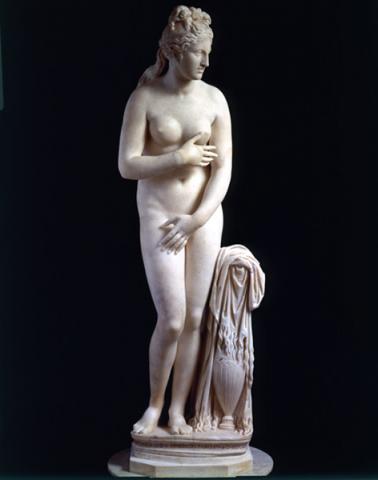The Terracotta Gods
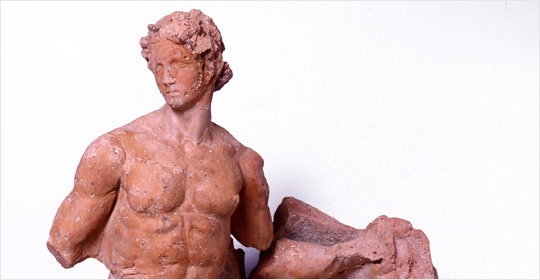
Reconstruction of the terracotta pediment dating from the late Republican age discovered at the end of the 19th century in Rome on Via di San Gregorio.
From November 8, 2002 up to February 2, 2003 Palazzo Caffarelli will be the venue of an exhibition titled "The Terracotta Gods", a hypothetical reconstruction of the ancient pediment in polychrome terracotta dating back to the middle of the 2nd century BC and discovered at the end of the 19th century in Rome in Via di San Gregorio, between the Palatine and the Caelium.
The reassembled pediment on display is the result of ten years of study and patient, painstaking scientific work that has enabled Laura Ferrea (an archaeologist at the Capitoline Museums and the organiser of the exhibition) to identify precious and hitherto totally unknown decorative elements.
Several hundred terracotta fragments of the pediment were discovered in 1878 during the installation of a large sewerage system in Via di San Gregorio.
At the time only a part of the materials discovered (the seven major figures, already integrated and reassembled) was displayed in the Capitoline Museums, while the other fragments - not immediately identified as belonging to the ensemble of fictile ornamentation of the temple - were stored in the museum's store-rooms, then in the Antiquarium at the Caelium and finally in the underground vaults of the Palazzo delle Esposizioni.
Today, thanks to research based on archive documents and complex restoration work the pediment can be admired with its complete iconographic and ornamental apparatus, further adorned with a small acroterion relief (on the top of the roof) whose existence was totally unknown up to now. It represents Heracles fighting a sea monster to free Hesione (daughter of the King of Troy Laomedontes and sister of Priam).
Restoration work has revealed the polychromy of the composition: the orange-red of the male figure, the cream-coloured female face (with a big tear running down it), the yellow-ochre and red of the terrible monster's feathers. These same colours recur, along with sky-blue, black, dark red and brown, on the slabs of the ornamental moulding on the slopes of the roof.
Bright polychromy was also a feature of the scene represented in the triangle of the tympanum, showing a sacrifice in the presence of Mars and two goddesses whose identity is still uncertain.
Recent restoration has underlined the exceptional nature of these ornaments, representing the most complete example of a closed terracotta pediment of the late republican era discovered in Rome so far.
As usual, the exhibition route will be accompanied by an educational workshop dedicated to primary school students, who will be introduced to mythology and the world of the ancients through games and visual and manual experiences.
Laura Ferrea


























